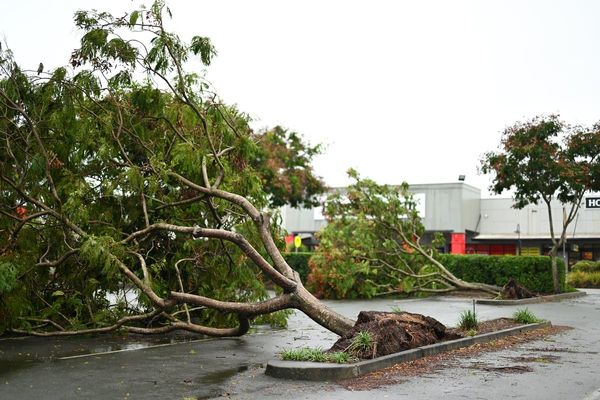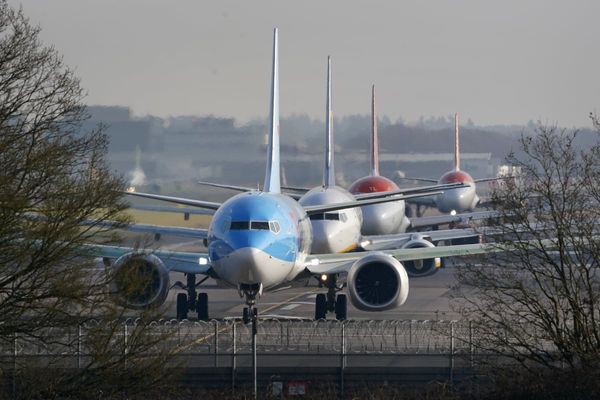
Hurricanes are going to hit harder and stronger over the next decade, a study has found, and adapting to this new normal will require significant investment in infrastructure and emergency planning.
Dr Paul-Arthur Monerie, from the University of Reading, and colleagues used new climate-prediction software developed by the Met Office to forecast future hurricane and tropical cyclone activity. A specialised algorithm allowed the researchers to track individual storms within the simulation, providing far greater forecasting precision than previous models.
Publishing their findings in the journal Nature Climate and Atmospheric Science, they forecast that the average number of tropical cyclones spinning up over the Atlantic could more than double compared with 1970s levels, and increase by more than one-third in the east Pacific. The energy of these storms is also predicted to increase dramatically, rising to twice that of 1970s levels.
Warmer ocean surface temperatures and changing wind patterns – particularly how winds vary at different heights in the atmosphere – are driving the changes, creating more favourable conditions for tropical cyclone development. Preparing for the predicted onslaught will require more resilient building techniques and improved drainage in threatened coastal communities, plus clear evacuation procedures and public education campaigns.
“These increases could lead to high economic losses, but our findings give everyone more time to prepare and protect themselves,” said Monerie.







